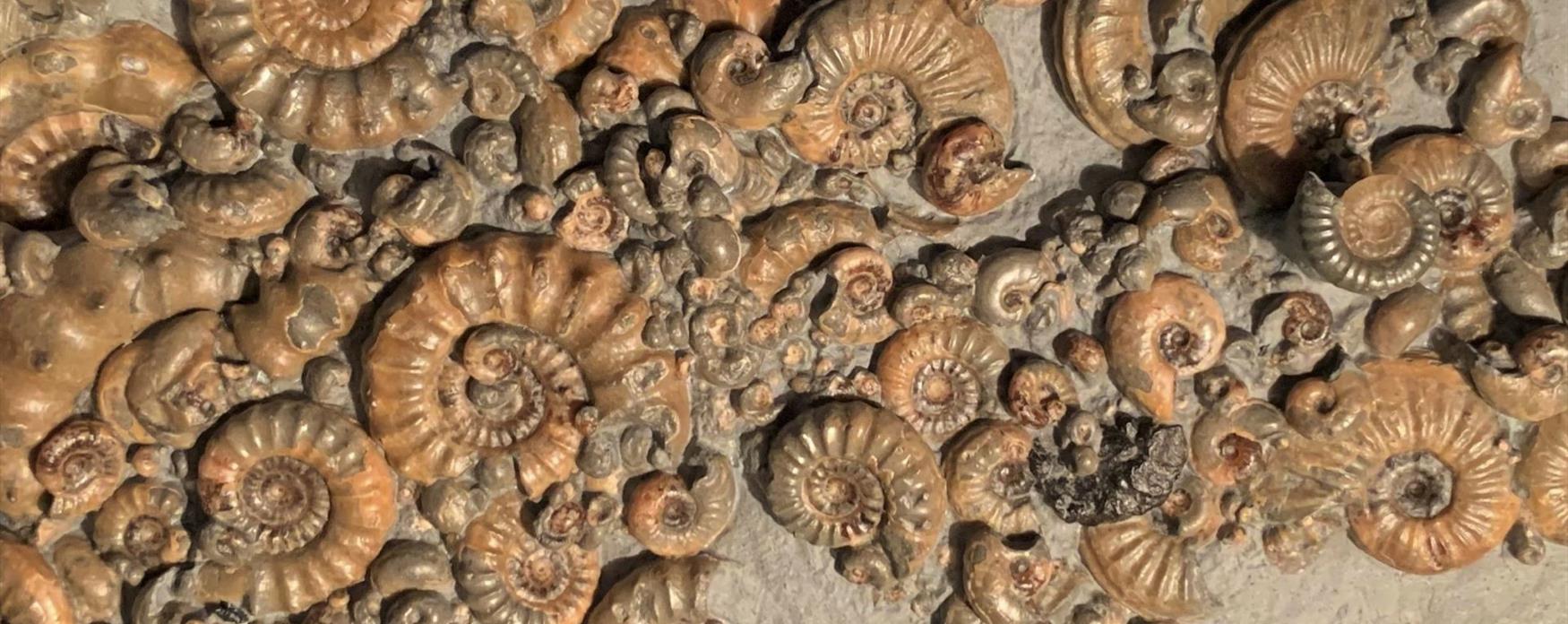My Planner
To build your own Itinerary, click  to add an item to your Itinerary basket.
to add an item to your Itinerary basket.
Already saved an Itinerary?


You are here: Palaeontology
-
Events
-
Things to Do
The Jurassic Coast is one of the most famous palaeontological sites in the world and is visited by millions of people every year, each hoping to find the fossilised remains of prehistoric creatures.
The geology of Dorset and East Devon provides a unique opportunity to explore the Mesozoic era. The rocks here contain fossils from the Triassic, Jurassic and Cretaceous periods, and tell stories of changing environments, evolution and extinction.
After 200 years of collecting from its shores, fossils from the Jurassic Coast now appear in exhibitions and collections around the world in the familiar shapes of ammonites and ichthyosaurs from the Jurassic, or the less familiar, but no less important, Triassic reptiles and amphibians of East Devon. From the smallest insects to giant predators that swam in the sea and dinosaurs that once roamed the land, the Jurassic Coast’s fossil record reveals the remarkable story of life in deep time.
The Jurassic Coast has always been an important area for the development of the science of palaeontology, made famous for its exceptional fossil record by pioneering fossil collectors and palaeontologists such as Mary Anning. This legacy continues today. Fossil collectors rescue and recover these remains before they are broken apart and destroyed by the sea, and the Jurassic Coast Trust actively encourages responsible collecting. Fossils tumble from the cliffs and can be found loose among the shingle with nothing more than a keen pair of eyes.
Discover More
© Jurassic Coast Trust Trading Co. 2024. All Rights Reserved







